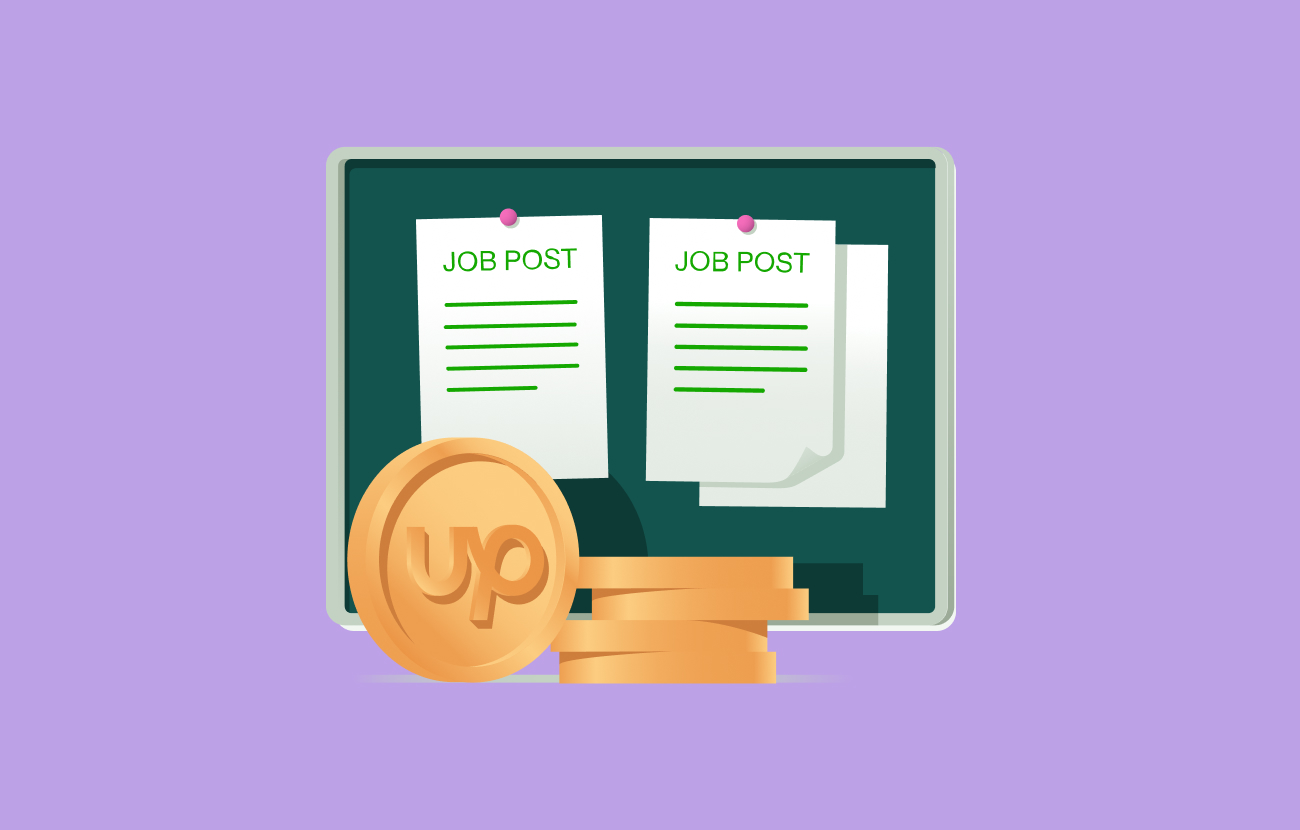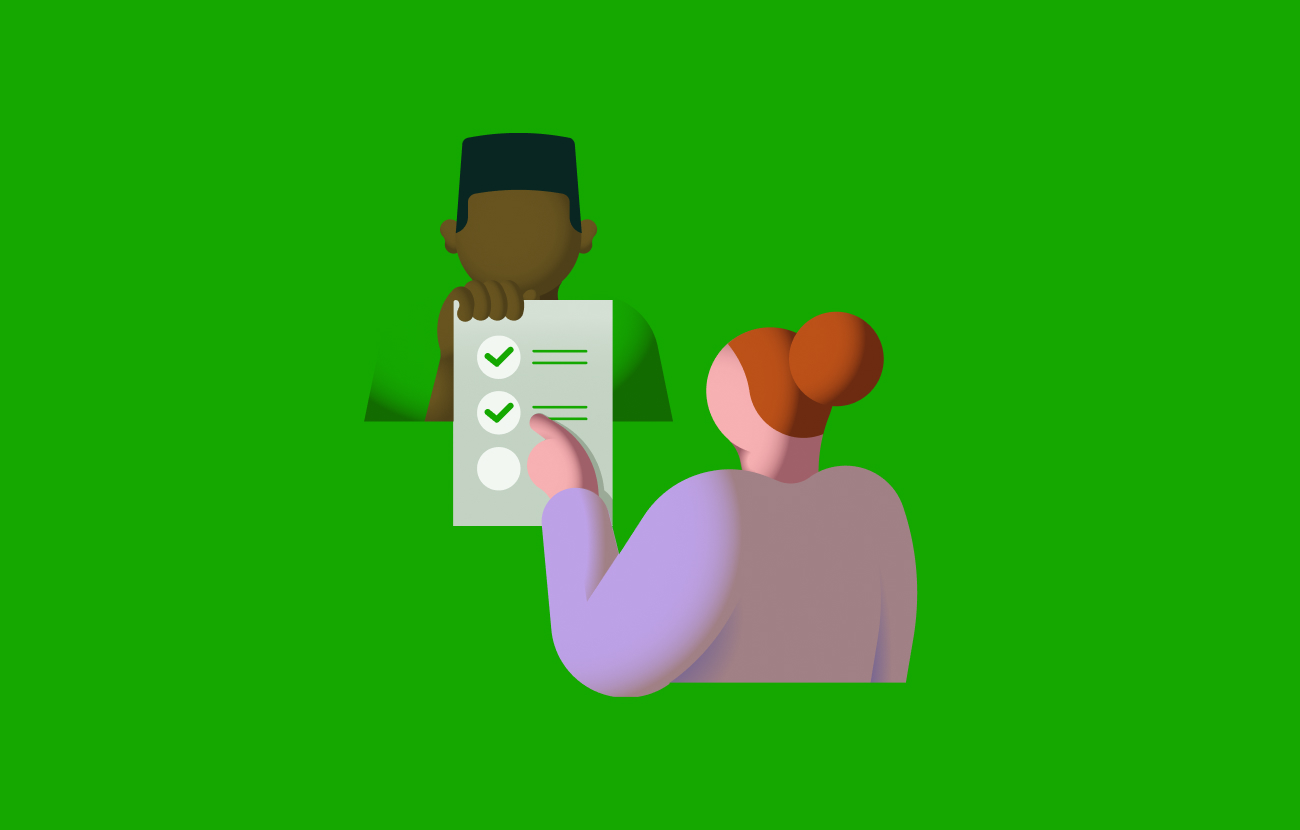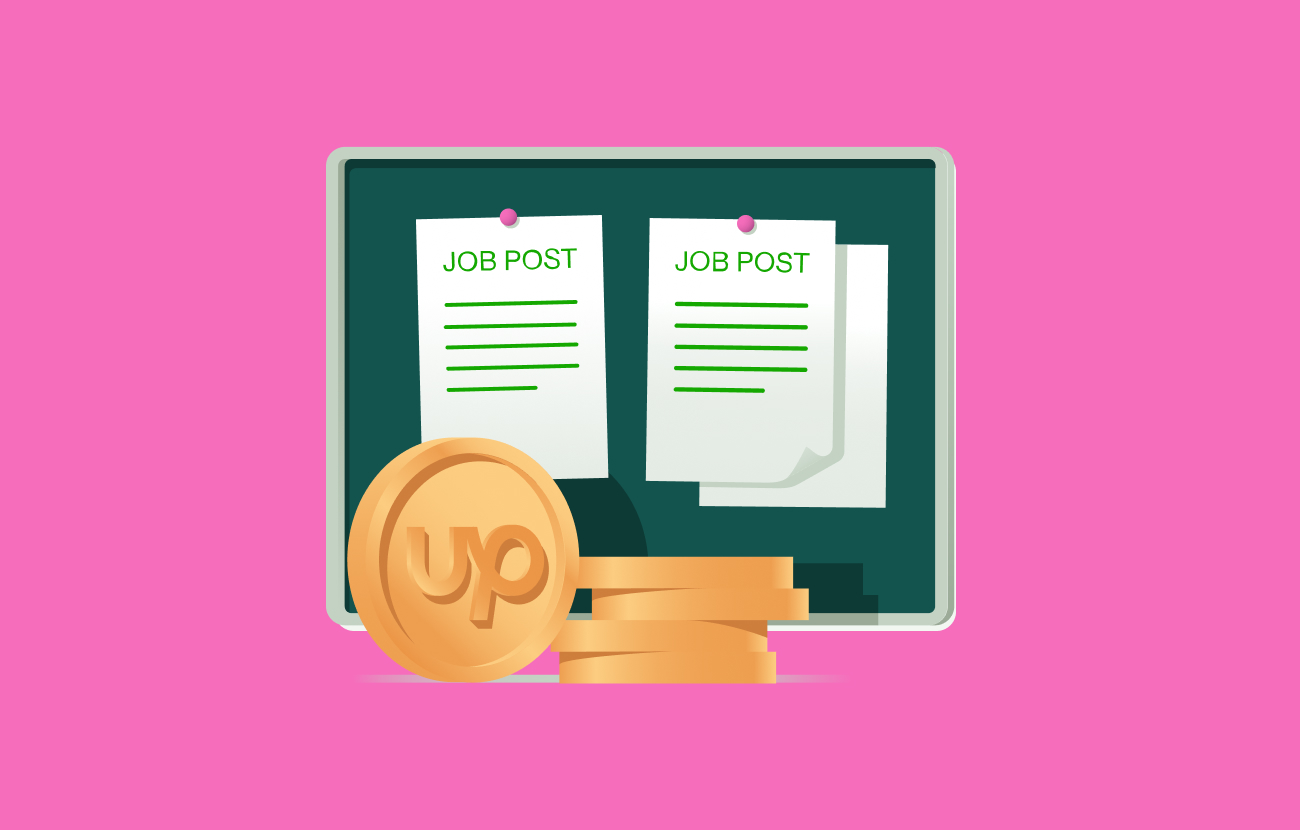What Is ChatGPT? Basics, Applications, and Outlook
Discover the power of ChatGPT in this guide to understanding this advanced AI language model. Find out what it can do for you.

ChatGPT is causing ripples not just in the tech scene but also in marketing, manufacturing, entertainment, and travel and hospitality sectors. Within two months after it was made public, ChatGPT reached one hundred million users. And since then, the number of users has surpassed 100 million, attesting to its usefulness.
This artificial intelligence (AI) powered chatbot uses natural language processing and machine learning algorithms to process user inputs and generate relevant and meaningful responses.
From content generation to language translation, ChatGPT is transforming operations in different industries, helping stakeholders save costs and increase their creativity and productivity. ChatGPT has been trained on vast amounts of data, meaning it can perform various tasks autonomously, enabling humans to focus on core activities.
Understanding ChatGPT and its features can help you utilize it more effectively in your workflow. In this article, we provide an in-depth overview of ChatGPT, including its advantages and drawbacks and what the future holds for this AI technology.
What is ChatGPT?
ChatGPT is an AI chatbot that uses a generative pre-trained transformer (GPT), a type of large language model (LLM), to process user inputs and produce human-like text as responses in a conversational way. It can identify context and keep track of user prompts, which enables it to provide conversational experiences with a natural flow.
OpenAI, the company behind ChatGPT, was founded in 2015 by Sam Altman in partnership with Elon Musk and other investors—and is currently headquartered in San Francisco. It released the first large language model (GPT-1) in 2018. This earlier AI model was trained on smaller datasets, which limited its functionality and accuracy. GPT-2 was later released in 2019, but OpenAI had reservations regarding its use, fearing that the model could be exploited and misused.
In 2020, OpenAI made significant strides in AI with the release of GPT-3. Compared to earlier versions, this model was trained on vast amounts of data, improving its natural language understanding (NLU) and text generation abilities. GPT-3.5, a new iteration of GPT-3, allowed ChatGPT to process and interpret human language and provide even more meaningful responses with a higher degree of accuracy.
GPT-3.5 currently powers the free version of ChatGPT. But a newer and much-improved model, GPT-4, featuring multimodal capabilities, is also available on the paid version, ChatGPT Plus. Paid users have priority access to new features and enjoy faster response times and increased availability during peak hours. Alternatively, you can access GPT-4 for free via the Microsoft Bing search engine.
ChatGPT features the following core capabilities:
- Text generation. ChatGPT has been trained on large datasets of human language, enabling it to generate human-like text. For instance, it can create content for blog posts, email marketing, and social media.
- Question answering. It can process user inputs and interpret the search intent behind these requests. ChatGPT then uses the data it has been trained upon to generate appropriate responses. ChatGPT can also inform you if it doesn’t find a suitable answer in its knowledge base.
- Language translation. ChatGPT is trained using different languages, including English, German, French, and Italian. It can help with language translation, provided the languages you’re working with are supported.
- Writing code. It can help you create software in different programming languages like Python, C++, JavaScript, and Ruby.
- Analyze sentiments. ChatGPT can analyze both positive and negative sentiments in text, which is helpful for different use cases, including enabling marketers to sort and analyze what customers are saying about their brands.
- Contextual understanding. ChatGPT can track your prompts through multiple interactions. As a result, it can refer back to previous queries and provide contextually correct responses.
How it works
ChatGPT is powered by generative pre-trained transformer models that analyze natural language or user prompts and use their training data to provide the best responses. These GPT models feature a transformer neural network, allowing them to analyze inputs at a much deeper level, extract context, and use their natural language understanding ability to produce coherent responses.
Accuracy when using ChatGPT depends on the quality and quantity of the training data. So, GPT models must be trained on large datasets to perform their functions well. For instance, GPT-3 was trained using 175 billion parameters to perform natural language tasks like answering questions and translating between languages.
But bots can sometimes operate unpredictably. So, to make ChatGPT provide more helpful and safe responses, OpenAI used reinforcement learning from human feedback (RLHF). In this approach, human agents were involved in fine-tuning the model and making it more accurate. These individuals interacted with the AI bot using different prompts and ranked the generated responses. OpenAI then used these results from these interactions to optimize the model’s performance.
From GPT-3 to its newer iterations, OpenAI enabled fine-tuning and customization options. Individuals can train GPT models using their custom data to adapt to specific tasks and domains. For instance, ChatGPT can be integrated into marketing applications to assist in creating SEO-optimized content.
With the recent update, ChatGPT is currently connected to the internet, meaning it can search online to find answers to user prompts rather than relying solely on its training data. However, this feature is yet to be available for all users.
Users can start using ChatGPT simply by navigating to “chat.openai.com” via a web browser. After creating an OpenAI account and logging in they can start submitting prompts. A ChatGPT app is also available for Android and iOS users.
Use cases and applications
From specialized fields, like health care to marketing, we uncover the primary use cases and applications of ChatGPT.
Content generation and marketing
ChatGPT can help marketers and writers create content like website copy, blog posts, product descriptions, and social media updates. It assists in generating ideas and topics and accompanying outlines to help writers address areas likely to appeal to the specified audience. ChatGPT can also help perform research by answering specific questions and summarizing information from different sources.
What’s more, ChatGPT can draft content quickly and help you edit and proofread your writing to eliminate spelling and grammar errors. For marketing teams, ChatGPT can help generate personalized messages that are likely to resonate with their target audience. This AI chatbot also makes finding high-ranking keywords and creating SEO-optimized articles easier.
Keep in mind that ChatGPT-generated content is not ready for publication, meaning you still have to fact-check, remove any errors, and add any valuable human touch.
International business communication and travel
Today, many businesses deal with customers across different borders, with language barriers potentially limiting full engagement. ChatGPT helps organizations deal with this problem through its language translation capabilities.
ChatGPT has been trained on data from different languages. As a result, it can provide real-time translation, enabling business stakeholders to deal with diverse customers. ChatGPT’s translation abilities are also critical when it comes to international travel. Investors or individuals moving to new countries can use ChatGPT to communicate with others to make deals and find their way around.
Recently announced voice capabilities will enhance ChatGPT’s value across languages. Again, ChatGPT isn’t perfect in its translation function, so engaging a professional translator fluent in both languages can be helpful in critical situations.
Health care
ChatGPT assists health care professionals with transcribing medical notes, generating patient records, and answering frequently asked medical questions. The AI tool can also help with disease diagnosis by comparing a patient's symptoms with known signs already in its training data.
And since ChatGPT is trained on vast amounts of data, it can accelerate medical research and assist scholars in analyzing different articles faster and finding relevant information to support their studies.
Integrating ChatGPT in health care can lead to benefits like reduced administrative burden and better documentation. ChatGPT can also automate repetitive and time-consuming processes, enabling health care professionals to focus more on improving patient outcomes.
Customer support
Customer support allows you to build strong relationships with clients, increase their satisfaction rate, and boost brand loyalty. ChatGPT can enhance the customer support process by facilitating highly responsive interactions. This AI chatbot can operate 24/7, providing real-time and instantaneous responses to customers. It can also supplement human agents by generating answers to frequently asked questions.
ChatGPT can also scale according to user demand. For instance, it can handle more customer interactions during peak hours. And during these interactions, ChatGPT can help sales teams collect leads, which they can follow up on later.
Education
ChatGPT helps students by answering questions, generating code, and solving problems in STEM (Science, Technology, Engineering, and Mathematics) subjects. It also assists in research by extracting useful information from different journals and translations and vocabularies, and inspires creativity with poems, music lyrics, and narratives. Additionally, ChatGPT offers study tips for effective time management and exam preparation, can help with research papers, and facilitates learning new languages by providing appropriate prompts and responses.
Students interviewed by the New York Times described ChatGPT as a powerful tool that helps them complete their homework. But some users complained that it produced inaccurate responses and the language and sentence structure in the content seemed too generic. Nevertheless, it still assisted many students in performing their academic research.
Teachers and tutors can also use ChatGPT for content creation and lesson planning. They can generate educational materials like lecture notes, presentations, and quizzes, which help enhance the overall learning experience. ChatGPT can also help improve communication through language translation for teachers dealing with international students, ensuring inclusivity.
Advantages and drawbacks
Though ChatGPT has numerous advantages, it has some downsides that affect its use. We help you understand the positive and negative sides of ChatGPT.
Benefits
ChatGPT is an incredibly powerful platform with wide use cases. Some of its benefits include:
- Improved efficiency and productivity. ChatGPT allows you to automate monotonous processes. As a result, you have more time to focus on core activities, enabling you to be more productive.
- Scalability. ChatGPT is capable of scaling according to user demand. For instance, ChatGPT can handle many customer interactions simultaneously when integrated into digital virtual assistants.
- Cost-effectiveness. Businesses can also save significant costs by automating basic and repetitive tasks. And since ChatGPT is scalable, companies can handle high demand without necessarily having to hire extra staff.
- Multilingual support. ChatGPT can translate multiple languages, making it an essential platform for international businesses. It helps minimize language barriers and enhance communication processes.
- Accessibility. ChatGPT powers different AI systems, allowing those who are differently abled to access basic functions through various mediums. For example, ChatGPT can generate descriptive text for images which can then be narrated to those with visual impairments.
Challenges
While ChatGPT can help you perform different processes, certain AI ethical issues may affect its implementation. Here are challenges that can arise when using ChatGPT or other generative AI tools.
- Potential for bias. ChatGPT can sometimes generate biased and unfair outputs that arise from its training data.
- Risk of misuse. There is the possibility of ChatGPT being used for misinformation, like generating fake news or engaging in harmful conversations. With its code generation abilities, ChatGPT can also be used to create malware that poses a cybersecurity threat.
- Data privacy. ChatGPT can save and use some personal data for training purposes. This means there's a likelihood of sensitive or confidential data leaking without appropriate precautions.
- Plagiarism. ChatGPT relies on publicly available data, including articles and journals, for training. As a result, it can use these works to craft its responses without acknowledging the authors.
- Subject to inaccuracies. ChatGPT may not work correctly all the time. Some of its responses can be false and misleading, especially if the publicly available data it draws from is incorrect.
- Complex reasoning. Though ChatGPT can perform numerous functionalities, it can not reason like humans, limiting its capabilities to specific tasks.
Customization and fine-tuning
ChatGPT can be trained further to perform more specific roles and functions or to produce better results. This process is known as fine-tuning and usually involves multiple steps. First, individuals have to collect the necessary training data. This data is then cleaned and transformed to ensure it’s suitable for training.
Once you have collected the necessary data, the next step is to train the ChatGPT’s GPT-3.5 model. It's recommended to use multiple examples of what you want it to do to improve its accuracy. You can then test the fine-tuned model to ensure it outputs your desired results before integrating it into your workflow.
Numerous companies have trained the GPT-3 model and used it to perform various specialized tasks. For example, Viable fine-tuned the model to help its clients perform comprehensive customer analysis and improve customer experience, employee engagement, and product management. Algolia also customized the GPT-3 model to provide faster and more relevant answers to its customers.
Building a career with ChatGPT
ChatGPT is revolutionizing numerous professions, spanning from content writers to researchers, educators, marketing professionals, customer service representatives, and even software developers. This platform empowers individuals in these careers to excel in what they do. However, harnessing the power of ChatGPT requires a perfect blend of technical and soft skills.
For starters, these professionals must know how to write prompts to get the best responses from ChatGPT. Those looking to fine-tune GPT to perform specific tasks must understand how to collect and clean data and finally use it for training. And since generated content is not always accurate, you must pay attention to detail to identify errors in AI outputs and correct them appropriately.
Basic knowledge of AI technologies is also required to help you understand the underlying deep learning algorithms and NLP (natural language processing) powering ChatGPT and how to take advantage of them.
It’s worth noting that ChatGPT is not designed to replace humans; instead it will complement and enhance their work. It’s even paving the way for new career paths and opportunities like prompt engineers, digital virtual assistant and chatbot developers, and AI product managers. As ChatGPT’s benefits become more evident, there will be even more demand for skilled developers to help companies harness its functionalities through OpenAI’s API and tailor it for specific tasks.
Professionals across diverse sectors can also leverage ChatGPT to address real-world organizational challenges in established businesses, startups, and nonprofits. For example, firms can streamline their customer service processes by using ChatGPT to provide faster responses. Since ChatGPT can run 24/7, it can help startups to boost customer engagement and satisfaction. Nonprofit institutions can also use Chatgpt for event planning and scheduling, ensuring they meet their goals.
The future of ChatGPT
ChatGPT will continue to play a fundamental role in the future. It’s continuously been trained on new data, meaning its ability to generate more meaningful results improves with time. As a result, more companies will continue looking for ways to integrate it into their workflow.
Advancements in natural language processing will enable ChatGPT to be more capable of analyzing and processing complex inputs and generating coherent and relevant responses. NLP will also allow ChatGPT to keep track of context better and, thus, facilitate user interactions that seem more natural.
OpenAI has increased its research and development efforts to improveAI capabilities. Currently, GPT-4 supports image and text inputs, with voice on the way. In the future, it could also support other multimodal cues like gestures.
While the future of ChatGPT looks promising, it will still be characterized by ethical issues like bias and unfairness, data privacy, copyright infringements, and even the potential for misuse. These issues should be considered to ensure ChatGPT and other AI tools are seamlessly integrated into organizational processes.
Navigate ChatGPT with Upwork
ChatGPT is a phenomenal tool that can help you with content generation, lesson planning, research, and language translation. It can even answer questions, debug software programs, and assist with creative works like producing poems, music lyrics, fictional stories, and narratives.
Along with other generative AI tools, ChatGPT is part of the rapidly evolving field of AI, bringing many changes, opportunities, and challenges. Though it won’t take over jobs, the continued evolution of generative AI and ChatGPT will undoubtedly help people be more creative and productive, sometimes resulting in changing how people do their jobs.
And since ChatGPT is not perfect, human oversight is still required to counter-check its outputs to ensure they’re accurate. Consider working with ChatGPT specialists to help you harness the power of this AI technology and use it correctly in your workplace.
If you’re a ChatGPT expert looking for work, Upwork can connect you to different ChatGPT jobs to help you develop your portfolio and earn extra income. Get started today.






.png)
.png)
.png)
.png)
.png)



.svg)
.svg)





















